Public health organizations around the world are now advising that wearing face masks could help stop the spread of Coronavirus. Some climbing gyms are asking customers to wear them. Some shops even refuse entry without one. We’ll answer some common questions about climbing in face masks.
The health advice on face masks has changed since the early days. Medical workers use masks and face shields without fail and had complained of shortages. At the same time, some public health officials and organizations previously advised that wearing a face mask if you weren’t sick or caring for a sick person didn’t help at all.
Just Want A Climbing Face Mask?
– Backcountry Face Mask + Hand Sanitizer
– REI Face Masks + Filters
– Outdoor Research Face Mask Kit
– La Sportiva Anti-Microbial Face Mask
The general consensus from scientific studies now clearly concludes that wearing a face covering in public does help stop the spread. Now that testing is largely available, it seems like many people who test positive weren’t showing symptoms. In some studies, 40% of people testing positive had no symptoms. So even though you feel fine, you may have it and be spreading it to loved ones, friends, and strangers.
How Does Wearing A Face Mask Protect Me?
It’s advised to wear cloth face masks or face coverings in public mainly because if you have the virus it can help stop you from infecting others. You wear the face mask for others, they wear it for you. Homemade and fabric masks are more to stop pathogens spreading when you cough, sneeze, speak, or breathe – rather than stopping what you breathe in.
However, the face mask is secondary to social distancing and regular 20-second hand-washing. This is official WHO advice on wearing a face mask: –
- Before putting on a mask, clean your hands with alcohol-based hand rub or soap and water.
- Cover your mouth and nose with the mask and make sure there are no gaps between your face and the mask.
- Avoid touching the mask while using it; if you do, clean your hands with alcohol-based hand rub or soap and water.
More advice: –
- Don’t touch the mask itself when putting it on – just use the straps and place it over your mouth
- Once it’s on, try not to adjust it by touching it at all – If you do, wash your hands
- Make sure it covers your mouth and nose and once on do not move around, touch with your hands, or push down under your mouth or nose.
- Once home you can remove the mask by the straps and then wash your hands.
- You should also wash your cloth face covering after use. Here’s how.
We source all of our information from official and scientific sources
Don’t believe headlines, random internet articles (including this one) or anecdotal information. Public advice may well change. Read for yourself and keep up to date.
CDC – WHO – NHS
Should I Wear A Face Mask Climbing?
Yes! We encourage the use of face masks for indoor climbing as long as the above advice is followed.
Outside Too? When climbing outside it may be helpful – though the first piece of advice would be to social distance and use hand sanitizer regularly. It’s your decision on if it’s helpful but bear in mind other people might not stick to the guidelines at crags or on trails even if you do. Wearing a mask might protect them from themselves.
Is it a little uncomfortable? With the right mask, no. They can be a little annoying and odd to get used to. But if nurses can wear one for 13 hours straight and leave deep marks and bruises on their face – you can probably wear a nice soft cotton mask for a couple of hours.
Will it restrict my breathing? If the mask was completely airtight, like surgeons wear and have professionally fitted – then yes a little. For a cloth face covering or N95 mask, no it won’t much at all. It seems like nearly every boulderer in Korean gyms are wearing masks and doing fine. Pirmin Bertle is also working a 9a+ with a mask on and doing pretty well.
Does Wearing A Mask Reduce Blood Oxygen Levels? No. Wearing tight fitting, highly restrictive surgical masks long term has also not caused a significant or dangerous build up of Carbon Dioxide.
Damp? If you’re working hard it’s likely to get damp inside pretty fast. Still, if you keep it on and bear with the inconvenience it could genuinely make a difference if you have the virus but don’t know. It’s up to all of us to take personal responsibility.
Glasses? If you wear glasses they can get foggy. There are some good tips out there on avoiding this, but the jist is to keep the mask tight around your nose and use an anti-fogging solution. Try to get a face mask for climbing with a metal clip that fastens around the nose.
Only wimps wear masks. If wearing a face mask threatens your ego that much you probably need to have a good think about your values.
Does It Really Help Though? Aren’t Holds Nasty Anyway?
There are and endless arguments on whether masks can actually help based on the fact that climbing holds, matting, e.t.c is pretty hard to clean based on the way gyms are used. The fact is that we don’t know everything yet. However it is likely to make a small difference.
Here’s are two scenarios:
1 – You have COVID-19 but don’t know it. You take the right precautions by washing your hands before putting on a mask, then wearing a mask the entire session. Because of this, the droplets you breathe out that spread the virus are greatly reduced, mostly being caught in the mask. You also didn’t touch your face or mask much, and when you did, you washed your hands or used a gel. When you talk to friends and share beta you keep a good distance.
Result: You had a good session, a good chat, and your mask was a bit weird to get used to. Everyone is fine.
2 – You have COVID-19 but don’t know it. You don’t think you have it and don’t really think it’s a big deal. You don’t wash your hands properly, don’t wear a mask, you high five after a couple of cool dynos, and pick up and look at a few things in the shop that you put back.
Result: A week later a couple of people in the gym tested positive for the virus. In the time they didn’t know they had it they spread it to their family, co-workers, or a vulnerable person. A gym worker got it and had to quarantine, as did everyone else working on that shift. The gym closes because of a local breakout, and someone who was vulnerable goes into intensive care.
If you want to argue there are plenty of echo chambers online for you to go to. If you wouldn’t mind doing everyone a favor, spending a few dollars, and following a few simple guidelines during the worst health crisis the world has faced in our lifetime – that would be great.
Where Can I Get A Face Mask For Climbing? What One Should I Get?
We advise against buying surgical masks because it limits the possible supply available to health care professionals. Nurses, doctors, surgeons, and cleaning staff working in hospitals and care homes should be prioritized. The CDC recommends a washable mask with multiple layers of fabric, that fits well around your nose and the sides of your face and underneath the chin.
We recommend buying a face mask locally as this could help your community. If not try helping out smaller, local, independent or co-op businesses.
There are a few outdoor companies making their own face masks for climbing and general use – some of them based on their experience of making masks for health professionals when they were otherwise not producing. Bear in mind that these are tending to sell out fairly quickly right now.
- Static Climbing are selling face masks in a range of patterns and will donate one mask for every one sold
- REI have an essential mask for $20, 3-packs of filters for $5, or 2-packs of keen masks for $14
- Backcountry sell a nice mask for $20
- Organic Climbing are selling their own face covers
- Outdoors Research are now selling their own mask as well as disposable filters. OR converted their factory to create PPE for the medical community at the peak of the crisis.
- La Sportiva sell a very Italian fashion anti-microbial mask
- Eddie Bauer have their own reusable cotton mask
- So Ill have released a face covering with a Jason Momoa / On The Roam pattern
- Misty Mountain of North Carolina are selling cloth masks for delivery or pick up
- Hyperlite are selling packs of five polyester masks
- There are also plenty of options on Amazon
Reusable face mask for climbing
Can I Make My Own Face Mask?
There are loads of ways of making your own and plenty of good tutorials on youtube. You can put as much or as little effort in as you want: –
- Make a no-sew climbing face mask with just a bandana and two hair ties at Sender One
- Osprey were making face masks for local health care workers – You can get the pattern they used from the Gallatin Quilt Guild
More Climbing Articles
– What To Wear Indoor Bouldering And Gym Climbing
– Best Hangboard For Climbing Training
– Home Climbing Training Equipment Guide
– Best Climbing Shoes For Kids
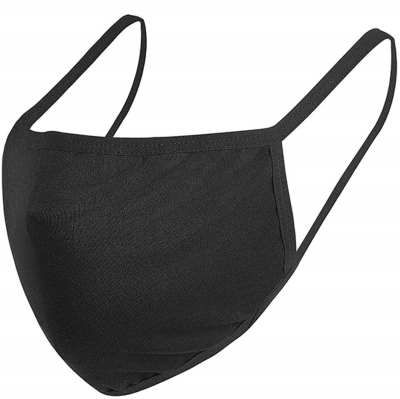
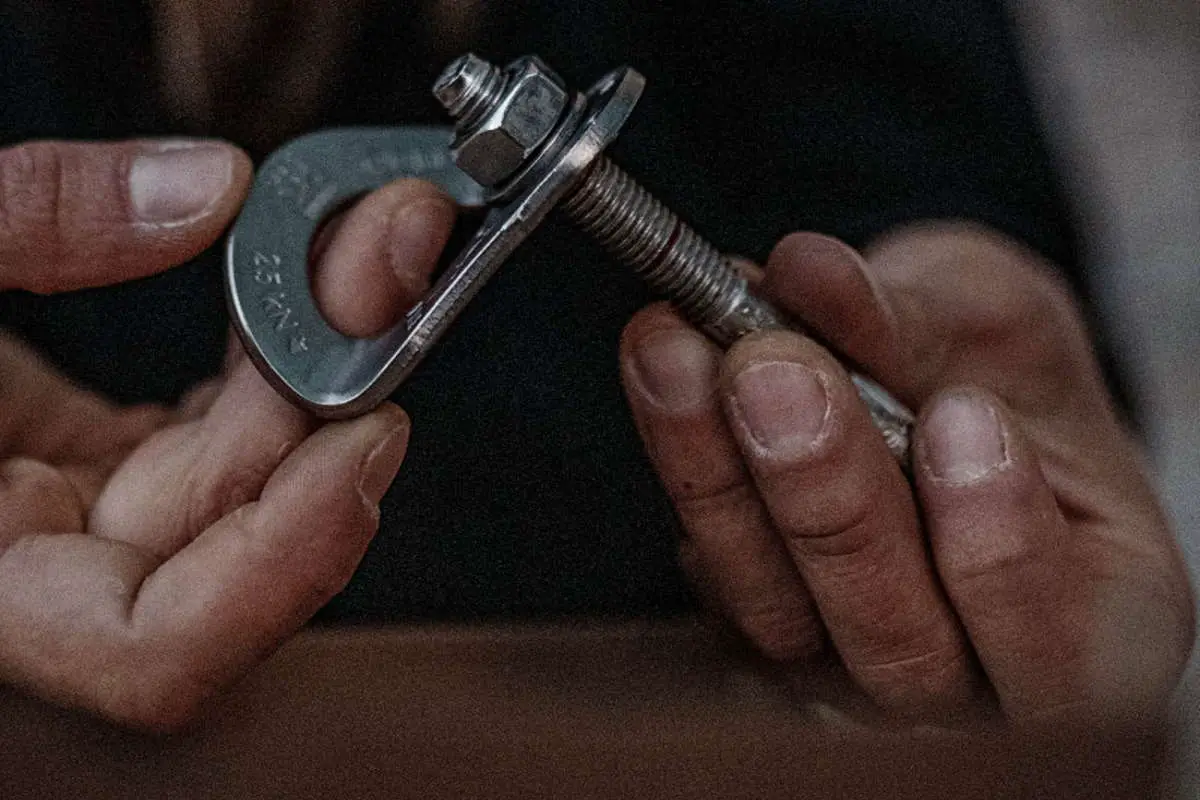
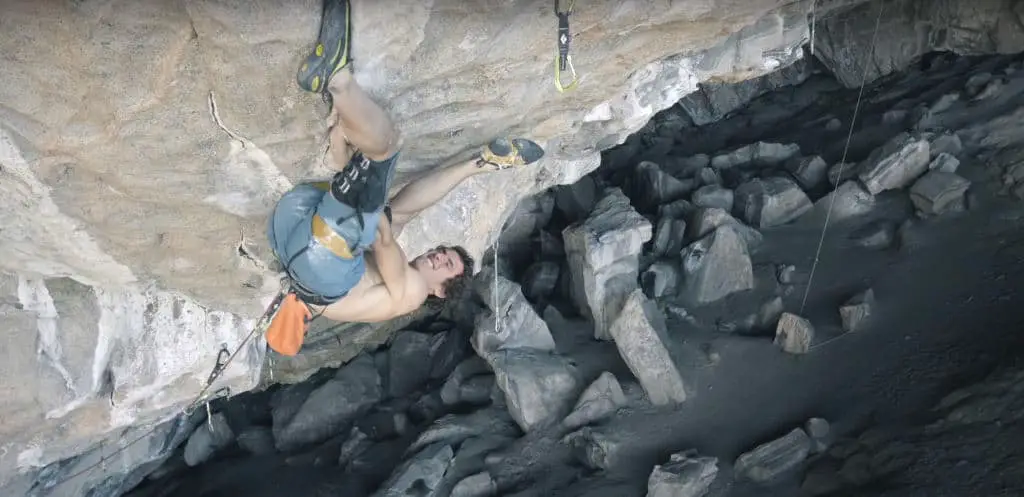
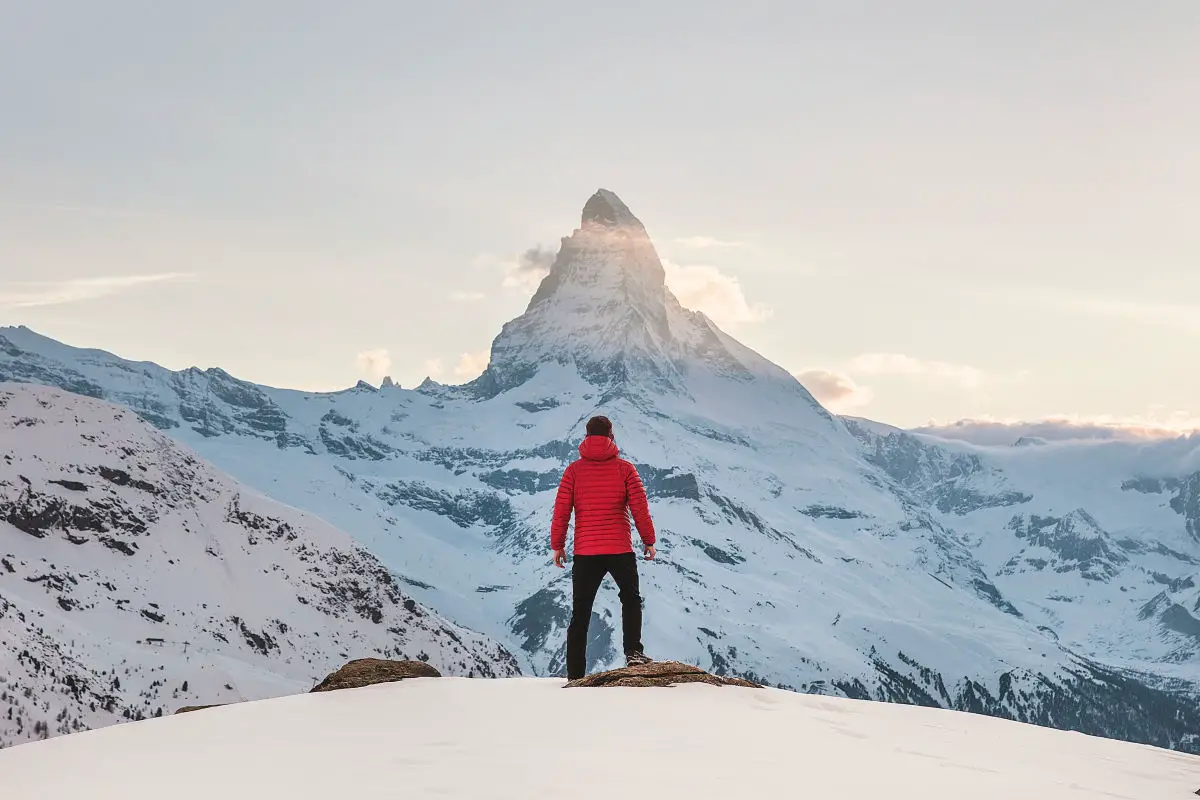
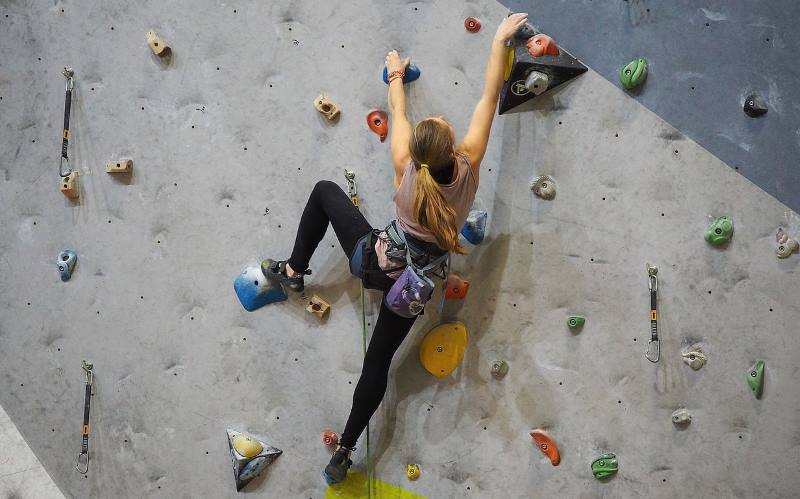
Comments are closed.